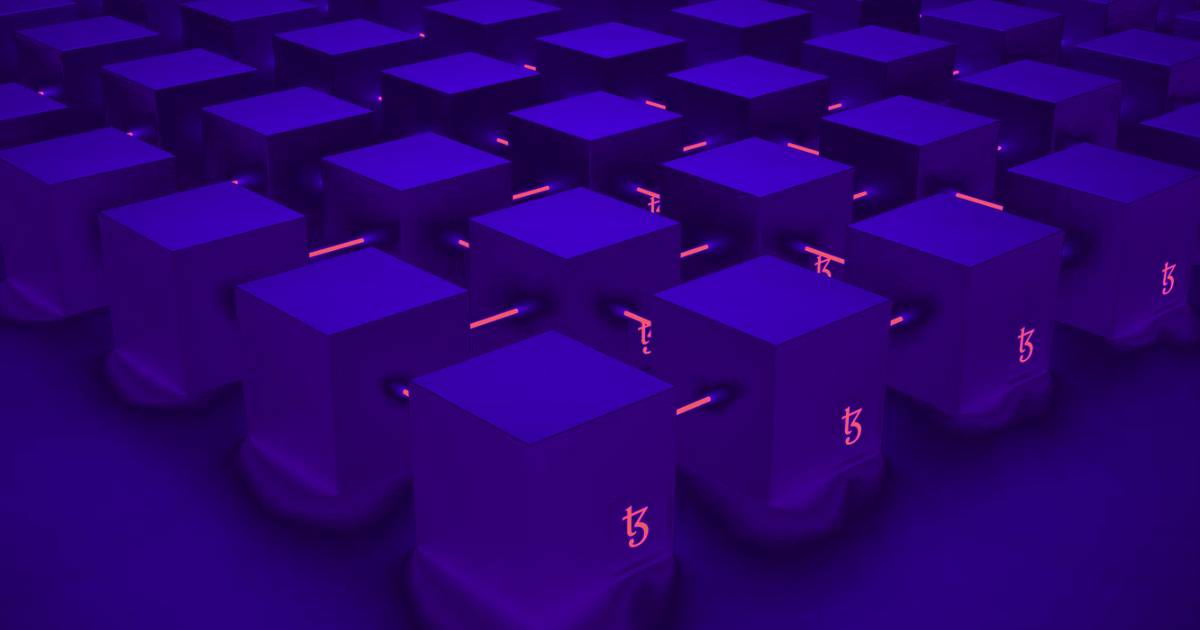All cryptocurrency networks utilise blockchain databases.
Blockchain networks are distributed ledgers that are shared between computers.
As a digital ledger used for electronic payments, blockchains are noted for their security, immutability, and efficiency.
What is a blockchain?
Blockchains are ledgers that are shared by computers connected to the same network. Data such as transactions are stored in blocks. When a block has been validated the network moves on to the next block of data waiting in the system, creating a chain of data blocks.
- Read more: Will Bitcoin go back up? Let's find out!
Like Bitcoin's own blockchain, cryptocurrency networks are publicly accessible meaning anyone on the internet can view the data that’s being shared between addresses. Despite being publicly available, the blockchain cannot be altered or changed by any entity.
Blockchain networks always tend to be decentralised. No third party or entity can control how a blockchain works or who can use a blockchain network after it’s been deployed.
Blockchains and consensus mechanisms
Consensus mechanisms are used in conjunction with blockchains to determine how data is validated and processed. There are multiple consensus mechanisms for a blockchain network to abide by, but the two most common consensus mechanisms are proof of work and proof of stake.
Proof of work networks determine which computer can validate data based on how quickly and efficiently the computer can solve the mathematical puzzles required to validate the data.
Proof of stake networks determine which computer can validate data next based on how much native cryptocurrency they have staked on the blockchain. For example, the Ethereum network’s proof of stake consensus requires a certain amount of ETH to be staked before a computer can validate ETH data.
Unlike proof of work, proof of stake is more equal when it comes to which computers can validate the next set of data. In a proof of work consensus, some computers may not qualify to become validators and the network will skip them and choose more powerful computers for the work. It ultimately comes down to whatever computer has the most tokens staked in a proof of stake consensus, but all validators will get an opportunity to validate data.
- Read more: What is Bitcoin?
Explore new topics and discover content that's right for you!
Planet Crypto





